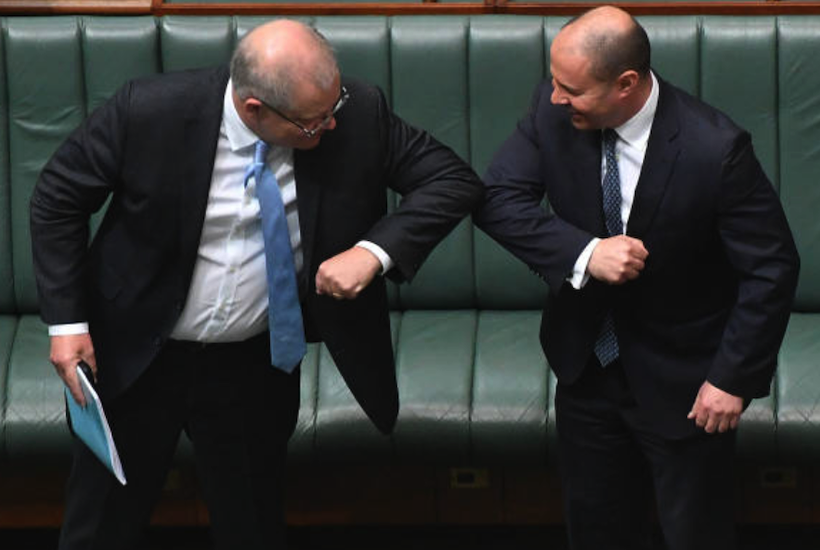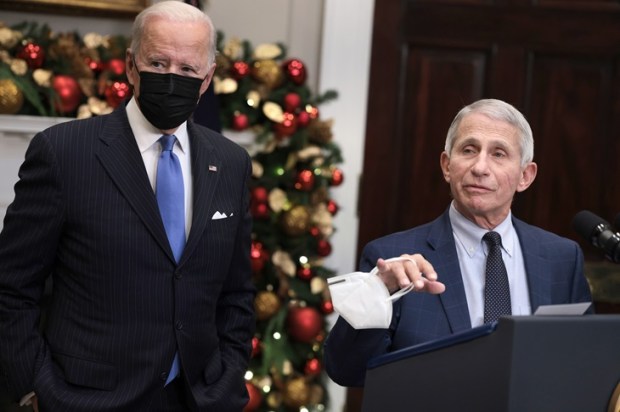Risk management is something that everyone thinks they understand until they actually do it.
And make no mistake, this coronavirus situation is not a medical issue, but a risk management issue. Certainly, the advice of doctors should be sought in terms of assessing the risk, but then it should be turned over to risk management professionals to formulate a response.
Professional risk management uses a “systems” approach. That is, we step back from the identified risk and consider it in the context of the total system of which it is a part. We recognise that whatever technologies we use to manage a risk may have implications in other parts of the system, and we must come up with a strategy to manage the total risk, not just the risk that has been initially identified.
These principles, and the systematic approach arising from them, are summarised in a “hierarchy of controls.” When called upon to manage risk, whatever the industry or situation may be, the OH&S professional works systematically through the list until the most practicable solution is achieved:
- Elimination: Stop doing the activity that is generating the risk. This is usually impractical as if there wasn’t a reason why the activity was required, no one would be doing it in the first place.
- Substitution: Achieve the required outcome a different way. An example is the substitution of a dangerous chemical being used in an industrial process with a less dangerous chemical with similar functional properties.
- Isolation: Isolate the people at risk from the source of the risk. An example is a containment structure around a nuclear reactor to protect people from a possible meltdown.
- Engineering: Redesign something to make it safer. An example is advances in vehicle safety: crumple zones, anti-lock brakes, airbags and so on.
- Administration: Produce laws and Standard Operating Procedures that require adherence for safety to be ensured.
- PPE: Personal Protective Equipment such as gloves and hard hats to protect people from harm.
This hierarchy is constructed in order to manage, in a systematic manner, two competing factors – efficacy versus system disruption (incorporating cost and convenience). As you go up the list, efficacy increases but so does system disruption. As you go down the list efficacy decreases, along with a decrease in system disruption. In the case of automotive safety, for example, an “elimination” strategy would involve removing cars from the road – highly effective in terms of safety, but with an unacceptably high level of system disruption. At the other end of the scale, a “PPE” approach simply mandates that people must wear seatbelts. Minimal system disruption but demonstrably ineffective in the modern context (although effective when first introduced).
The task of the safety professional is to look at the whole system and come up with a nuanced response that takes all factors into account. In this context a quick decision is generally a bad decision, as it tends to focus on the upper end of the hierarchy, prioritising efficacy over system disruption, and not thinking through the implications of those disruptions. For this reason, the oft-used phrase “go hard and go early” is anathema to a risk management professional.
And I regret to say that is exactly what the Morrison Government has done. They have jumped right to the top of the list and adopted an elimination strategy. The identified risk has been people passing on the disease to a vulnerable person, and their kneejerk approach has been to, as far as possible, simply stop people meeting with other people.
We have seen plenty of modelling of the spread and lethality of the disease (which appear to be little more than guesses), but we have not seen modelling for the many other aspects of the system, such as the effect the economic chaos will have on share portfolios on which self-funded retirees are depending, the rise in suicides and family breakdowns caused by people’s careers and jobs being thrown on the scrapheap, the effect on interest rates and inflation, and the effects that these will have both on our lifestyle and the capacity of governments to fund healthcare in general.
These are just some questions I came up with off the top of my head, but there are many more. I don’t know the answer to any of them, but before the Government tossed the nation’s economy on the scrapheap it should have considered these questions from a “systems” standpoint.
A far more appropriate response would have been an “Isolation” strategy. This is simply because the cohort of people that are at risk from this disease is well known – overwhelmingly the old and infirm. It is the same cohort of people that were at risk from the H2N2 flu in 2017, when 1255 people died out of 220,000 infections. Why was there no mass panic then? The reason is simple – 440 people die in Australia every day, and even 1255 people over an entire season was not statistically significant, particularly as this number was probably absorbed into the average mortality rate for the old and frail anyway.
Isolating those at risk isn’t difficult. And I should know – I have a daughter with multiple medical conditions, one of which is that she is immune-suppressed. She is at risk from not only this, but anything that is contagious. We don’t protect her by “socially distancing” her from people; we simply avoid people that are sick and practice good hygiene around her. It really isn’t hard.
Up the road from me there is a café that has just changed hands. The poor guy doesn’t know what he’s going to do – he can’t access the government’s business support packages as he has no sales history to fall back on. He is cast adrift on a sea of circumstances without a sail, a compass, or a glimmer of hope. Like thousands, probably millions, his life has been irrevocably altered, his soul eviscerated, and his future destroyed.
Unlike some, I’m not going to impute naked political opportunism to this government; the desire to be seen to be decisive in a crisis. But one thing I do know is this: they have used a sledgehammer to crack a peanut, and the reverberations of that hammer blow will be felt in the lives of millions of innocent people for generations to come.
Dr Mark Imisides is a scientist and OH&S advisor. He Tweets at @DrMarkImisides.
Got something to add? Join the discussion and comment below.
Got something to add? Join the discussion and comment below.
Get 10 issues for just $10
Subscribe to The Spectator Australia today for the next 10 magazine issues, plus full online access, for just $10.


























Comments
Don't miss out
Join the conversation with other Spectator Australia readers. Subscribe to leave a comment.
SUBSCRIBEAlready a subscriber? Log in